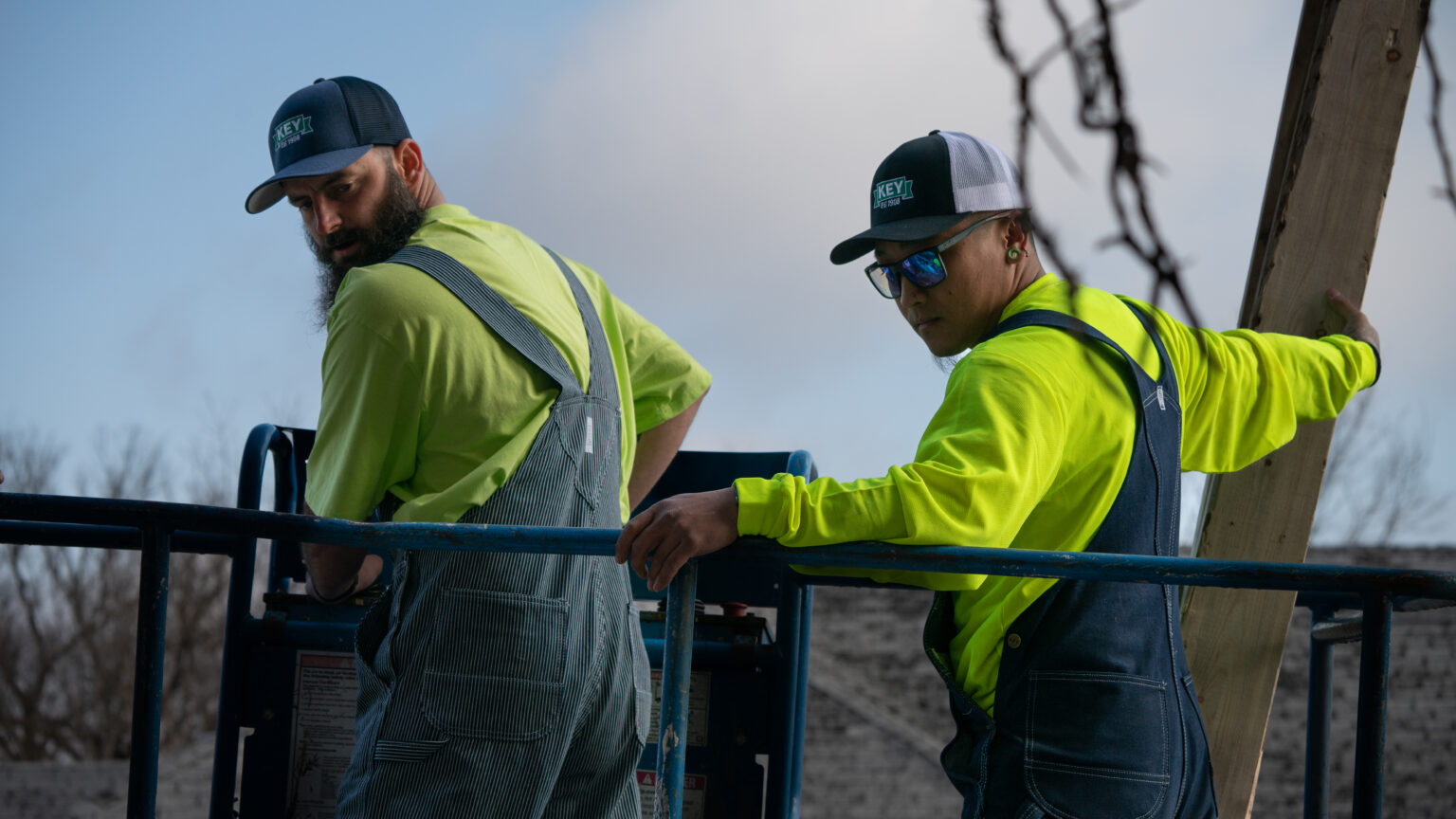When selecting head protection, understanding whether to use a bump cap or hard hat is essential for safety and comfort. This guide will help you easily distinguish between the two options, ensuring you choose the right one for your work environment.
By the end of this article, you’ll know exactly when to use bump caps for lighter protection or hard hats for more robust safety. We’ll cover the features, benefits, and appropriate use cases for each type of headgear, helping you make the best choice for your needs.
With our guidance, you’ll be confident in selecting the right protection, ensuring a safe and compliant workspace. Plus, we’ll help you tackle other safety needs, like visibility and hand protection, so you’re fully prepared. Let’s get started!
What Are Bump Caps?
Bump caps, also known as safety caps or head protection caps, are lightweight headgear designed to protect against minor bumps and scrapes. They are typically made of plastic or other lightweight materials and are worn in low-risk environments where hard hats are unnecessary.
Features of Bump Caps
- Lightweight Design: Comfortable for prolonged use, especially compared to heavier alternatives.
- Ventilation: Prevents overheating, particularly useful in indoor or warm environments.
- Customizable Options: Often available with visors, LED lights, or branding for specific needs.
Adding bump caps to your PPE strategy is a cost-effective way to address safety in low-risk environments.
Common Use Cases
- Warehousing: Minimizes accidental contact with shelving or equipment.
- Maintenance: Shields the head from minor bumps in confined spaces like boiler rooms.
- Food Production: Ideal for environments where hygiene and lightweight protection are key to daily operations.
For more on purchasing bump caps, explore our dedicated product category.
What Are Hard Hats?

Hard hats provide robust head protection against falling objects, electric shocks, and more severe impacts. They are a legal requirement on many construction sites and industrial environments where head protection is crucial.
Features of Hard Hats
- Durable Shell: Typically made from high-density polyethylene (HDPE) or fiberglass for maximum durability.
- Suspension System: Effectively distributes force evenly, reducing the risk of injury.
- Customizable Safety Standards: Available in various classes to meet specific requirements (e.g., EN 397 for industrial safety helmets). Learn more about EN Standards from this guide in Wikipedia.
Common Use Cases
- Construction Sites: Protects against unexpected materials such as tools or debris.
- Electrical Work: Certain hard hats provide protection against electric shocks (e.g., EN 50365 standards).
- Heavy Industry: Essential in manufacturing and mining environments where impact protection is especially important.
For related products, see our hard hats and safety helmets category.
Key Differences Between Bump Caps and Hard Hats
Before we delve into the detailed comparison, it’s important to understand why these differences matter. Choosing the appropriate headgear ensures not only compliance with safety standards but also optimal performance and comfort in specific environments. Choosing the right headgear ensures optimal safety, comfort, and efficiency tailored to the task at hand.
| Feature | Bump Caps | Hard Hats |
| Primary Protection | Against minor bumps and scrapes | Against severe impacts, falling objects, and electric shocks |
| Material | Lightweight plastic | High-density polyethylene, fiberglass |
| Weight | Lighter, more comfortable for extended wear | Heavier, built for high-risk environments |
| Compliance | Not usually rated for impact protection standards | Certified to meet EN 397 and other safety standards |
| Use Cases | Warehouses, low-risk environments | Construction, industrial work |
When to Use Bump Caps
Bump caps are ideal for environments where the risk of falling objects is minimal but where accidental head contact with objects is possible. They are commonly used in the following scenarios:
- Indoor Warehousing: Protects against head injuries caused by shelving or low-hanging equipment.
- Food Industry: Meets hygiene standards while providing essential lightweight protection.
- Light Maintenance Work: Prevents minor head injuries in confined spaces like utility closets or HVAC systems.
To explore the right bump cap for your needs, visit our buying guide.
When to Use Hard Hats
Hard hats are designed for high-risk environments, offering dependable protection and meeting rigorous safety standards. Key scenarios include:
- Construction Sites: Helps workers stay protected from potential unexpected challenges like tools or debris.
- Industrial Facilities: Delivers robust impact protection and electrical safety, supporting worker efficiency and peace of mind.
- Outdoor Work: Ensures safety during adverse weather conditions or unpredictable environments.
Learn more about choosing the right hard hat in our guide here.
How to Choose the Right Headgear
Assess the Work Environment
Consider the level of risk and required compliance standards for your workplace. Hard hats are tailored for environments with potential falling debris, while bump caps are ideal for lower-risk applications.
Evaluate Comfort and Usability
Ensure the headgear fits well and is comfortable for extended periods. For tasks requiring enhanced visibility, opt for models with integrated visors or LED lights.
Check Compliance Standards
Verify that the equipment meets European safety standards, such as EN 397 for hard hats or EN 812 for bump caps.
Additional PPE Considerations
Beyond headgear, proper personal protective equipment ensures comprehensive safety. Selecting PPE should be part of a holistic safety strategy, taking into account the specific risks of the work environment, legal compliance, and the comfort of the wearer. Here are related categories to consider:
- Headlamps: For enhanced visibility in low-light or confined spaces.
- Hi-Vis Jackets and Hi-Vis Pants: Improves visibility in dim or hazardous conditions.
- Cut Resistant Gloves: Shields hands during high-risk handling tasks.
- Safety Shoes: Reduces risks of slips, punctures, and other foot injuries.
Conclusion
We hope this guide has been helpful in understanding the key differences between bump caps and hard hats, and how to choose the right head protection for your work environment. Whether you’re working in a warehouse, on a construction site, or in an industrial facility, we’re here to support your safety needs.
Explore our full range of bump caps and hard hats at Droppe, featuring trusted brands and quality options to suit every requirement, also check out our comprehensive guides on bump caps.
Have questions or need guidance on selecting the right headgear? Don’t hesitate to reach out—we’re always here to help ensure your safety and provide the best solutions for your team.
– The Droppe Team
Frequently Asked Questions
No, bump caps are not designed for high-risk environments like construction sites. Hard hats are required for protection against falling objects and severe impacts.
Yes, bump caps are lightweight and breathable, making them ideal for prolonged use in low-risk environments.
Check for certification marks like EN 397 or similar standards, which confirm the helmet meets necessary safety requirements.
Some hard hats are designed with electrical insulation properties, specifically for workers in electrical fields. Make sure to choose one that’s rated for electrical work.
Yes, bump caps are commonly used in food production environments where lightweight protection and hygiene standards are essential.

















